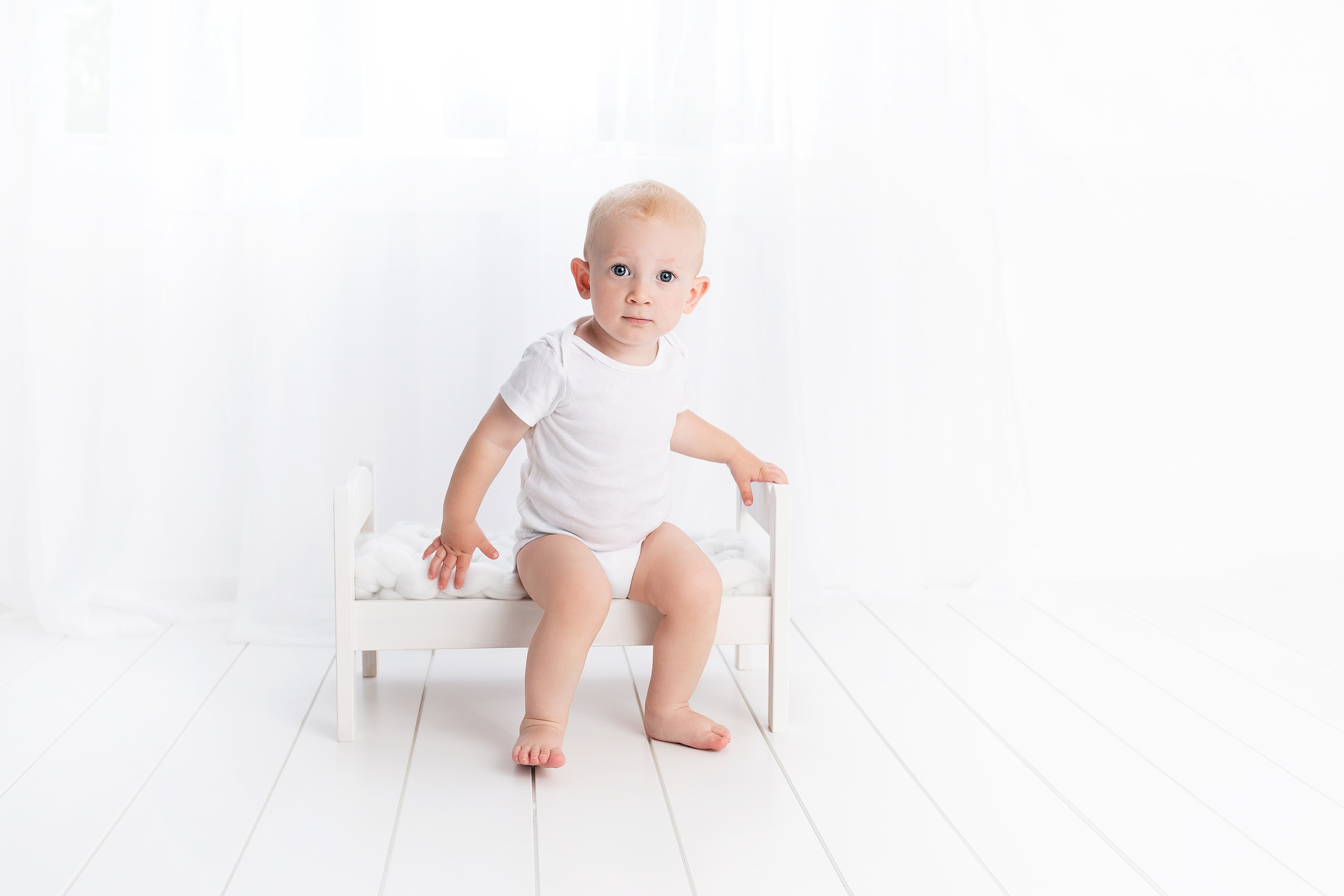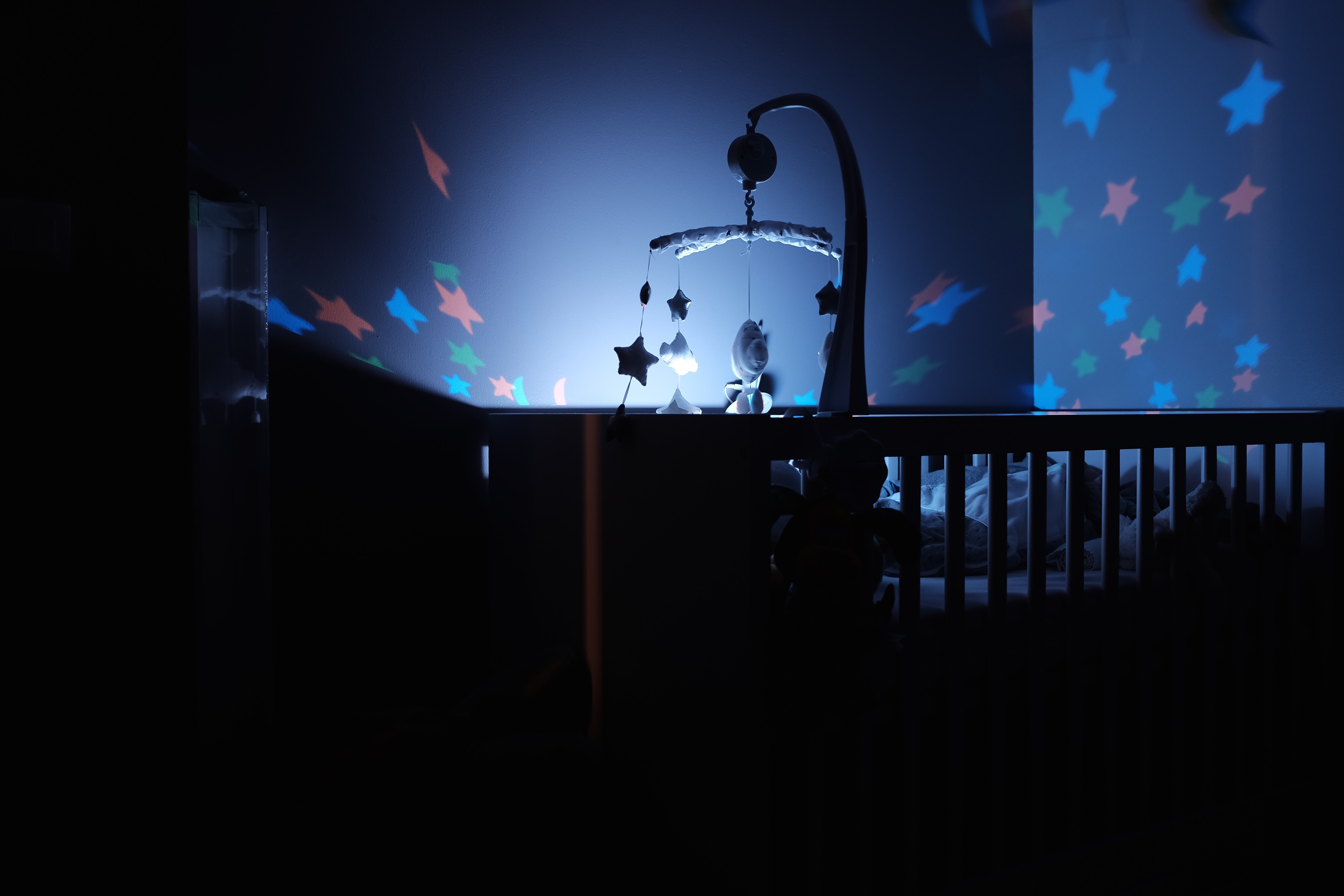The Latest Insights and Updates on Potty Training Toddlers and Babies

Welcome back to our blog on potty training children! As parents and caregivers, we understand how crucial it is to stay up-to-date with the latest news and updates in the realm of potty training. In this article, we’ll share some of the most recent insights and developments in potty training techniques and approaches for both toddlers and babies. Let’s dive in and explore the exciting world of potty training!
We are familiar with the first potty training approach we will discuss, Elimination Communication. Elimination communication remains in the forefront of innovative ways to handle potty training.
Elimination Communication:
One of the recent trends maintaining popularity in the potty training community is Elimination Communication (EC). This approach involves closely observing your baby’s signals and cues for elimination needs and responding promptly by offering them the potty. By starting at an early age, around three months or even earlier, some parents have found success in helping their infants communicate their need to eliminate, ultimately reducing the time spent in diapers.
Child-Centered Approaches:
In recent years, there has been a shift toward child-centered potty training methods. These approaches prioritize the child’s readiness and willingness to engage in potty training activities. Instead of using a strict timeline, parents are encouraged to follow their child’s cues and offer support and encouragement as needed. This flexible approach allows children to feel empowered and motivated during their potty training journey.

Technology has made its way into the world of potty training as well. There are now various potty training apps available that provide interactive and engaging experiences for children. These apps often include animated videos, games, and progress tracking tools, making the potty training process more enjoyable for children and helping parents monitor their child’s progress.
Technology and Potty Training:
Nighttime Potty Training
Nighttime potty training can be a challenging aspect for many parents. However, recent studies have suggested that nighttime dryness is often dependent on biological factors and developmental milestones. It’s crucial to remember that each child develops at their own pace, and nighttime dryness may take longer for some. Patience, consistency, and maintaining a supportive and encouraging atmosphere are key to success in nighttime potty training.

Potty training is an exciting milestone for both toddlers and parents alike. By staying informed about the latest trends and approaches, we can adapt our strategies and create a positive and supportive environment for our children. Remember, every child is unique, and there is no one-size-fits-all approach to potty training. We hope these recent insights and updates will provide you with valuable information as you continue your potty training journey with your little ones. Stay tuned for more tips and tricks in our upcoming blog posts!
Share this post with your friends…




